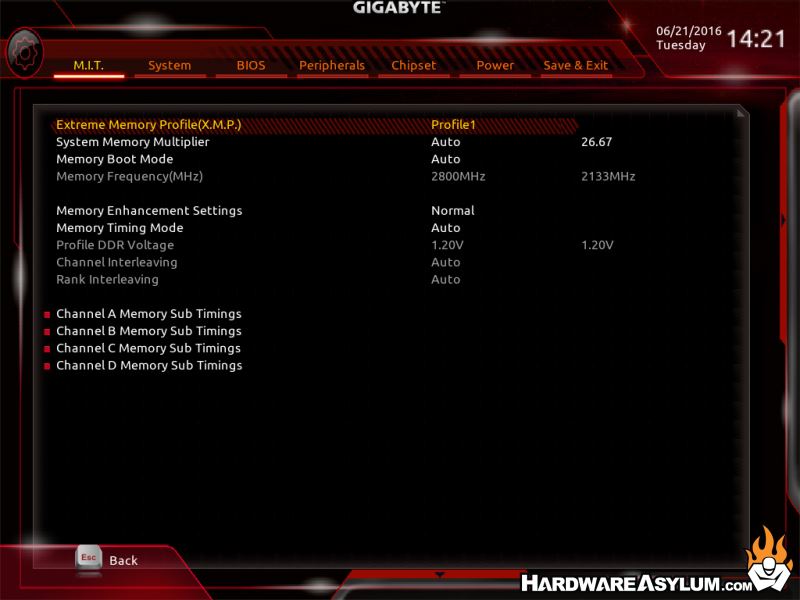

- #N52TE EDITOR ONBOARD CONFIGURATION HOW TO#
- #N52TE EDITOR ONBOARD CONFIGURATION SERIAL#
- #N52TE EDITOR ONBOARD CONFIGURATION CODE#
- #N52TE EDITOR ONBOARD CONFIGURATION WINDOWS#
This rule should be a remediating compliance rule configuration item that sets the value of a registry key on targeted devices to make sure they're complaint. You can set a compliance rule for configuration item in Configuration Manager to change the sample share setting on a device.

These configuration settings are typically done through Configuration Manager. Configure sample collection settingsįor each device, you can set a configuration value to state whether samples can be collected from the device when a request is made through Microsoft 365 Defender to submit a file for deep analysis. This registry value is located under "HKLM\SOFTWARE\Microsoft\Windows Advanced Threat Protection\Status".įor more information, see Configure Detection Methods in System Center 2012 R2 Configuration Manager. This behavior can be accomplished by creating a detection rule checking if the "OnboardingState" registry value (of type REG_DWORD) = 1. If a device is not yet onboarded (due to pending OOBE completion or any other reason), Configuration Manager will retry to onboard the device until the rule detects the status change. An application is a different type of object than a package and program. Note that it's possible to create a detection rule on a Configuration Manager application to continuously check if a device has been onboarded.
#N52TE EDITOR ONBOARD CONFIGURATION WINDOWS#
Make sure users complete OOBE after running Windows installation or upgrading.
#N52TE EDITOR ONBOARD CONFIGURATION CODE#
Although it sadly doesn’t share actual code snippets, it said “Defines are provided of form PIN_Pxn, where x is A, B, or C, and n is a number 0-7”.Defender for Endpoint doesn't support onboarding during the Out-Of-Box Experience (OOBE) phase. Having learned from the testing that the megaTin圜ore website contains a wealth of information, I started looking there, and quickly found the section about “How to refer to pins”. I therefore had to figure out the pin number on our board connected to the LED. Only the pin connected to power VCC and ground GND are fixed. Thankfully, many pins can be programmed to take on different functions. However, I already knew that on our boards things were different, because the schematic that we followed had switched the default TX and RX pins to their alternate positions. In that example it uses pin number 7 ( int led_pin = 7 ). During instruction day at the lab, Henk showed an example of a tiny script to make the LED go on and off after specific intervals. I was really eager to start with my LED, to make it blink.
#N52TE EDITOR ONBOARD CONFIGURATION SERIAL#

Program your board to do something, with as many different programming languages and programming environments as possible.

#N52TE EDITOR ONBOARD CONFIGURATION HOW TO#
This week the programming became real! After a brief (but not easy to get working) taste during the “Electronics Design” week to test my board, I now learned a lot more about how to program my board and make it do some fun and simple tasks, often involving the LED.


 0 kommentar(er)
0 kommentar(er)
